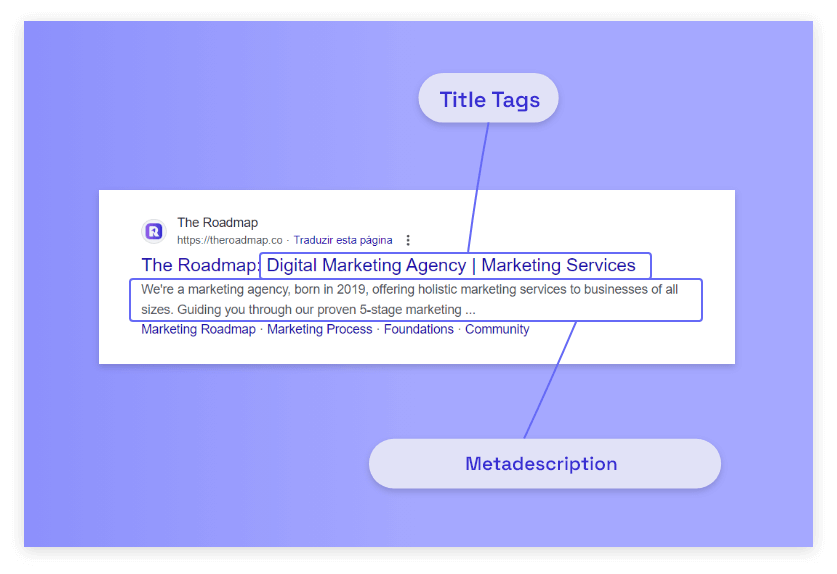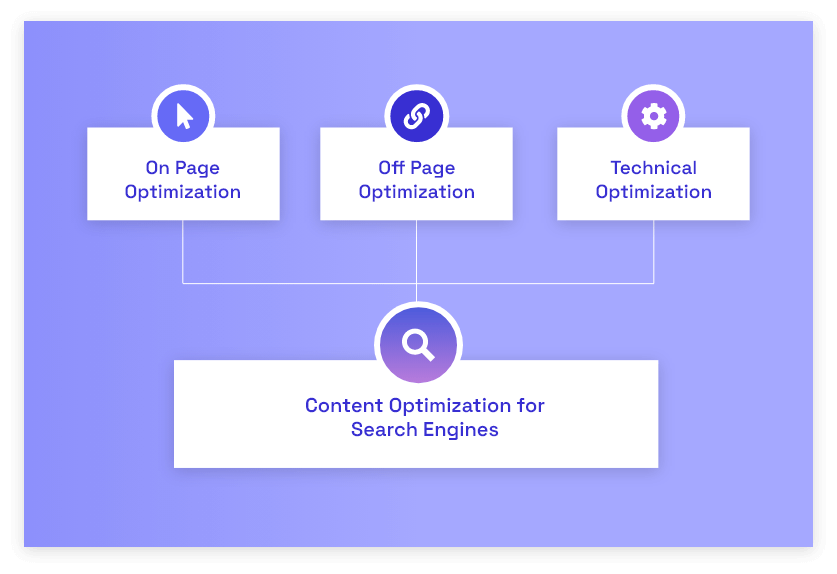Why content optimization is important for SEO?
When we think about “content optimization,” our minds often go straight to “search engine optimization” (SEO), don’t they? But optimizing your content is not just about pleasing search engine bots. In fact, it’s quite the opposite! Crafting content that resonates with real people actually makes it more search-engine friendly. It’s all about finding the perfect balance between SEO, readability, tone of voice, consistency, and originality. So let’s explore how you can make your content stand out for both humans and search engines alike!
-
 Chrisa
Chrisa

What is Content Optimization?
It’s basically the process of making your digital content better, so it gets more views and engagement. You do this by improving the quality of your content, using relevant keywords, and making it more attractive to people and search engines alike. If you don’t optimize your content, it’s like throwing a great party but forgetting to invite anyone! Even if you have the best content out there, if nobody can find it or it doesn’t resonate with your audience, it won’t help you reach your content marketing goals. So, by optimizing your content, you can make sure that it’s seen by the right people and gets the attention it deserves.

Our Content Optimization Roadmap
At our marketing agency, we’ve developed a marketing roadmap to optimize website content for SEO that includes five steps. These steps help us create content that’s valuable, user-friendly and resonates with your audience while also improving your website’s SEO performance. The goal is to make sure your content is not only search engine friendly but also informative and engaging for your target audience. So let’s break down each step and see how they can help you.

Step 1: Keyword Research and Content Planning
Keyword research is the foundation of any successful SEO strategy. It helps us understand what your target audience is searching for and what keywords we should target to improve your website’s search engine ranking. By conducting comprehensive keyword research and analyzing your competitors’ content, we can identify gaps and opportunities for improvement in your content.
Once we have a list of keywords, we create a content calendar outlining topics and keywords to target for each piece of content. We map keywords to specific pages or sections of your website, ensuring that your content is well-organized and easy to navigate. By creating valuable, user-centric content that aligns with your audience’s interests and needs, we can improve your website’s search engine ranking and attract more organic traffic.
Did you know?
Only 0.63% of people click on google's 2nd page search results
This statistic stems from an analysis of 4 million Google search outcomes conducted in 2022. When users can’t locate their desired information, they prefer modifying their search terms rather than delving into the second page of results.
For example, suppose you are an e-commerce business that sells handmade jewelry. Through keyword research, we may discover that your target audience is searching for keywords like “handmade necklaces,” “unique bracelets,” and “artisan earrings,” and then using this information, we can create a content calendar that includes blog posts on these topics, optimized for those keywords, which can help your business attract more organic traffic to your website and improve your search engine ranking.
➡️ Read More: What’s Content Strategy and Why You Need One
Step 2: On-Page Optimization
On-page or frontend optimization involves optimizing the individual pages on your website to make them search engine-friendly. This includes optimizing title tags, metadescriptions, and incorporating primary and secondary keywords naturally throughout the content. We also use descriptive and keyword-rich headings (H1, H2, etc.) to structure content effectively.
By optimizing your website’s on-page elements, we can improve its relevance and authority in the eyes of search engines, which can help your website rank higher on search engine results pages (SERPs) and attract more organic traffic. Additionally, well-structured content is easier for users to read and understand, which improves their user experience and encourages them to engage with your website.
For example, suppose you have a service page for “web design services.” We would optimize the page title to include the keyword “web design services” and write a compelling meta description that summarizes the content and encourages clicks. We would also incorporate the keyword naturally throughout the content and use headings to structure the page effectively. This way, we can improve the page’s relevance and authority in the eyes of search engines and encourage users to engage with the content.

Step 3: Technical Optimization
Technical or backend optimization involves improving the technical aspects of your website to enhance user experience and improve search engine ranking. This includes optimizing images, ensuring website navigation is intuitive and user-friendly, monitoring and improving website loading speed, and implementing responsive design.
Improving your website’s technical aspects is key to enhancing its usability and accessibility. This can encourage users to engage with your content, stick around longer, and ultimately improve your website’s search engine ranking. Plus, with so many people accessing the web on mobile devices, having a mobile-friendly website is a must.
For example, if your website takes forever to load, we’d work on optimizing your images by compressing file sizes, minifying code, and leveraging caching to improve loading speed. We’d also ensure your site looks great and functions properly on all devices. By improving your website’s technical aspects, we can make it more user-friendly and accessible, ultimately enhancing the overall user experience for your audience.

Step 4: Link Building and Authority
Link building is a crucial part of SEO. When your website is linked to by reputable and authoritative sites, it improves your website’s credibility and trustworthiness in the eyes of search engines. That’s why we create a link-building strategy that focuses on acquiring backlinks from high-authority websites that are relevant to your industry. We also reach out to experts in your field to earn natural backlinks.
By securing these high-quality backlinks, we can improve your website’s search engine ranking, attract more organic traffic to your site, and enhance its overall credibility and trustworthiness. Furthermore, backlinks from authoritative websites can encourage users to engage with your content and take action, ultimately driving more business your way.
Step 5: User Engagement and Conversion Optimization
User engagement and conversion optimization involve creating content that resonates with your audience and encourages them to take action. This includes creating compelling and actionable calls-to-action (CTAs), optimizing landing pages for conversion, utilizing A/B testing to optimize page elements, and continuously updating and improving content based on user feedback and performance metrics.
By crafting content that really speaks to your audience, we can help them connect with your website and inspire them to take action. This can lead to more conversions, generating more leads and sales for your business, and help you crush your content marketing goals. And to keep the momentum going, we’ll constantly tweak and improve your content based on user feedback and performance metrics, ensuring your website always meets the needs and interests of your target audience.
For example, suppose you have a landing page for your handmade jewelry collection. We would optimize the page by minimizing distractions and focusing on the primary goal of encouraging users to purchase your products. We would create compelling CTAs that guide users toward the desired action, such as “Shop Now” or “Learn More.” By optimizing your landing pages for conversion, we can improve your website’s conversion rate and drive more leads and sales for your business.
➡️ Read More: Why Having a Good UX Website Matters?
Conclusion - Optimizing Website Content for SEO
To wrap things up, optimizing website content for SEO isn’t a one-and-done deal. It’s a multi-step SEO roadmap that involves analyzing different aspects of your website and content. But, with our help, we can walk you through each of these steps and use examples specific to your business to craft content that’s valuable and user-focused. In doing so, we’ll help improve your website’s SEO performance, connect with your audience, and achieve your content marketing objectives.
- Why content optimization is important for SEO?
- What is Content Optimization?
- Our Content Optimization Roadmap
- Step 1: Keyword Research and Content Planning
- Step 2: On-Page Optimization
- Step 3: Technical Optimization
- Step 4: Link Building and Authority
- Step 5: User Engagement and Conversion Optimization
- Conclusion




